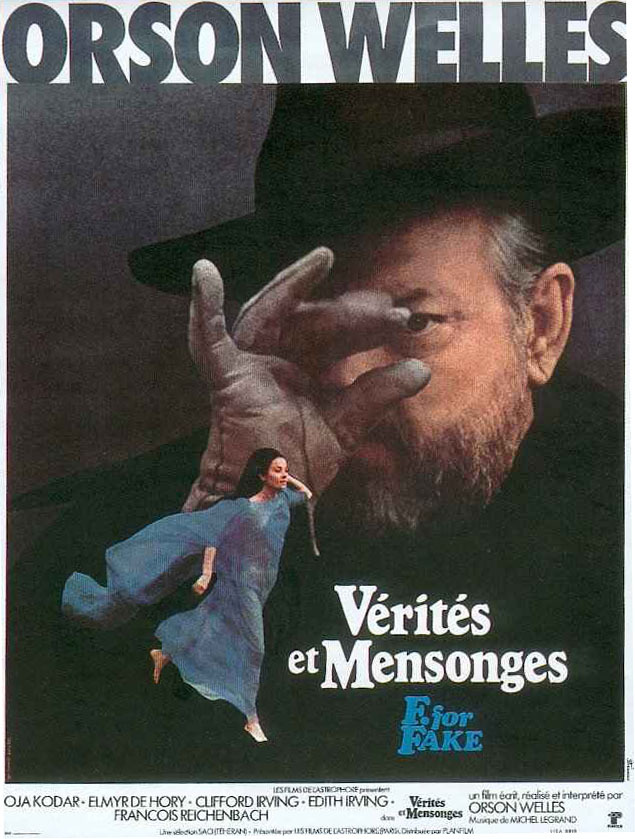I don’t remember when or why I started bird watching. I do know my middle school science fair project was about whether expensive bird seed attracted more birds than the bargain brand, thus justifying the extra expense. Result: Maybe, if you believe a seventh graders science. (I did get to make an awesome stacked bar graph, breaking results down by number and species.) I haven’t been “birding” much recently, and visiting the Cornell lab of ornithology reminded me of why I started birding in the first place. So I’d like to use this blog post as something of a PSA for why everyone should birdwatch.
Firstly, birding is a great way to relieve stress. It gets you out in nature. Also, birds are both cute and charismatic. Our guide at the lab of ornithology talked about the value of anthropomorphizing birds, so that you can recognize and remember them by their personalities, rather than relying on field marks. And, to someone with experiences, birds definitely seem to have unique characters. Blue Jays are loud and abrasive, sort of bullying. Mourning doves have a slightly goofy, pigeonish thing going on. Cardinals move with quick, jerky movements that sometimes seem almost robotic. Getting lost in the world of birds is a good way to distract yourself.
But, you can also get super competitive with your birding. A lot of birders keep “life lists” of all the species they have ever seen. It’s kind of like Pokémon, except that with thousands of species worldwide, it isn’t really feasible to catch them all. Or, you could go with more of a Moby Dick metaphor, chasing down that one bird that alludes you. For me, it’s the Brown Creeper. They smallish, with white bellies and brown wings. They climb trees in a characteristic spiral pattern, using their tails to prop themselves up as they go. And I would very much like to see one. According to the range maps, they are fairly common in Ithaca and its environs, and yet I cannot find them.
Our guide also said that learning about birds helps connect you to the natural world. It provides a sense of constancy when you travel. Ithaca can be very different from where I live, but the birds are see here are all the same ones I observed for my bird seed science fair project. So, I would tell everyone, at least learn a few birds, the ones you most commonly see. Especially during the spring, it’s nice to know which birds you here singing as you walk around campus (a lot of times, it’s robins. They have a nice, musical song).
If I can go further, I would suggest that if you only learn one local bird, make it the Chickadee. They have a sort of cream color on their bellies, grey on their wings, with a black beard a black cap on their heads. They have a roundish body, golf ball size or thereabouts. Birders often use mnemonics to describe bird songs, which for the most part I cannot make heads or tails of, but chickadees honestly do say “Chicka-dee-dee-dee”. They’re probably my favorite backyard bird, because they’re adorable and gregarious, usually the first to discover a newly set up feeder.
I believe the best reason to go birding is expressed by something I learned at the end of my tour. Our tour guide told us that the statue in front of the lab is of a passenger pigeon. I say we should all appreciate nature now, because as the passenger pigeon proves, there is no guarantee that any species will persist forever.





